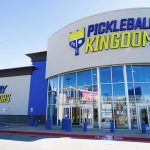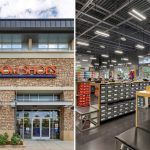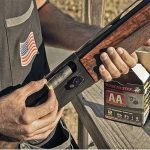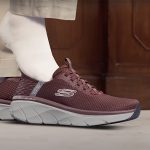Easton Bell Sports finished its first full quarter after the 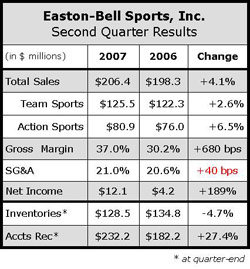 merger between Easton and Riddell-Bell Sports anniversaried in March with low-single-digit organic sales growth that led to very strong bottom line growth. Most of the sales increase came from the Action Sports side of the business, but the vast majority of the profits were generated by the Team Sports division.
merger between Easton and Riddell-Bell Sports anniversaried in March with low-single-digit organic sales growth that led to very strong bottom line growth. Most of the sales increase came from the Action Sports side of the business, but the vast majority of the profits were generated by the Team Sports division.
Factors contributing to the increase in Team Sports net sales included increased sales of apparel, football helmets, shoulder pads, collectibles and performance of reconditioning services. Sales of baseball, softball and ice hockey products were relatively flat during the current quarter, as compared to the prior year. The Team Sports division accounted for 77.7% of Easton-Bells total sales for the second quarter.
Income from operations in the Team Sports division increased 143% to just under $30 million compared to $12.3 million last year. This growth came primarily from a sharp increase in gross profit in the division, which jumped 13.4 full percentage points to 42.9% of net sales, compared to 29.7% last year. This increase was primarily due to the impact of expensing the purchase accounting inventory write-up associated with the Easton acquisition last year. Cost savings realized from moving manufacturing of aluminum products to Asia also contributed.
Action Sports accounted for 22.3% of Eastons business in the second fiscal quarter of 2007. Sales increased in the cycling helmet, power sports helmet, juvenile licensed product and specialty channel accessories categories. Income from operations in the segment declined 12.2% to $8.6 million compared to $9.8 million last year. This downturn was primarily due to gross margins, which declined 3.5 percentage points to 28.1% of net sales, because of a change in sales mix and inventory reserves.
The increase in overall gross margins is entirely attributable to the progress made in the Team Sports division. Overall SG&A expenses increased $2.5 million or 6.1% for the second fiscal quarter of 2007, as compared to the second fiscal quarter of 2006. The increase was primarily attributable to investments in marketing, R&D, Sarbanes-Oxley compliance and product liability settlement costs, which were partially offset by a decrease in stock compensation expense.
Easton management said that they have accomplished all immediate integration goals for 2006 and they are now focused on “identifying and capitalizing on cost-saving opportunities.” The company has eliminated numerous positions to reduce annual compensation expense and terminated the North American distribution agreement for Eastons cycling products. The company has started to sell these products through its direct sales force, allowing expanded distribution and higher margins.
Management also plans to capitalize on other opportunities for cost reduction, including leveraging increased purchasing power to secure lower prices from our various suppliers, realizing economies of scale in general administrative expenses, consolidating facilities and transferring more production from higher-cost North American facilities to Asian factories.
Easton-Bells net income increased due to the increase in gross profit and a $1.9 million gain on sale of property. These gains were partially offset by increased SG&A expenses and additional income tax expense of $8.6 million. Looking ahead, management provided no other pertinent guidance except that they expect the business seasonality to be more balanced going forward.




